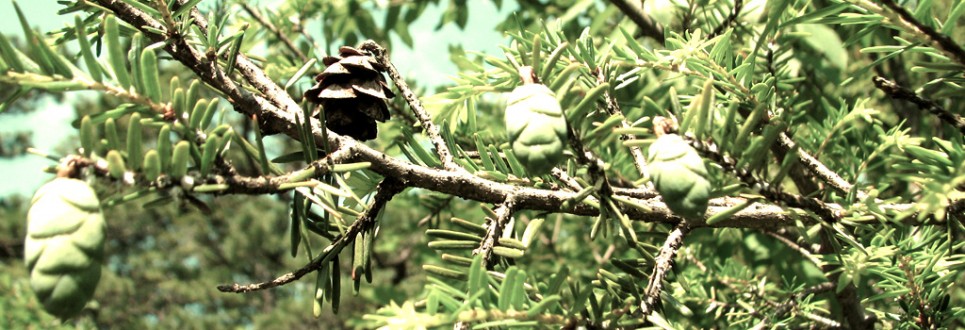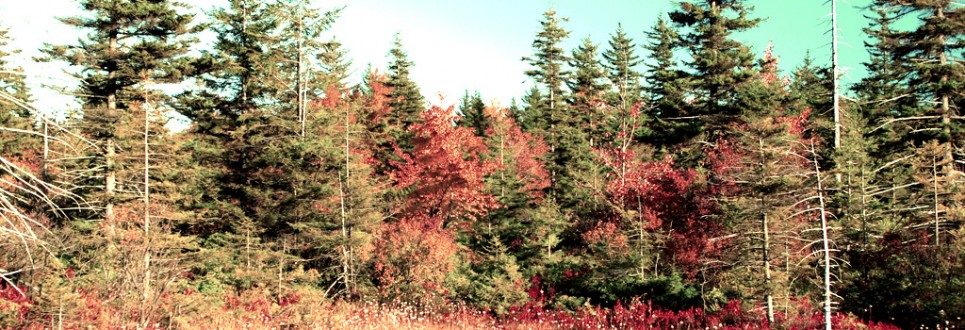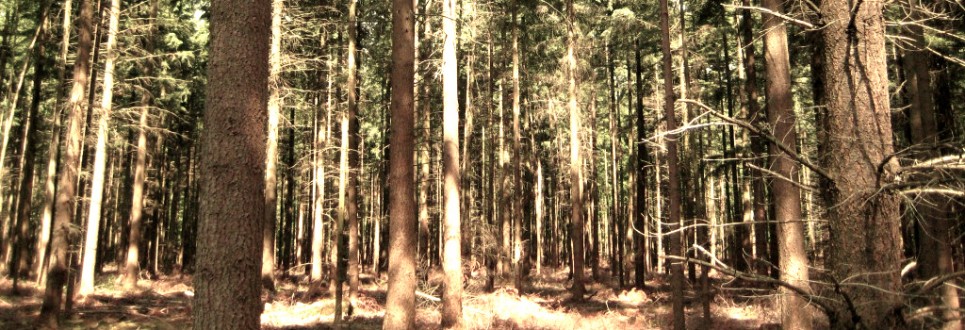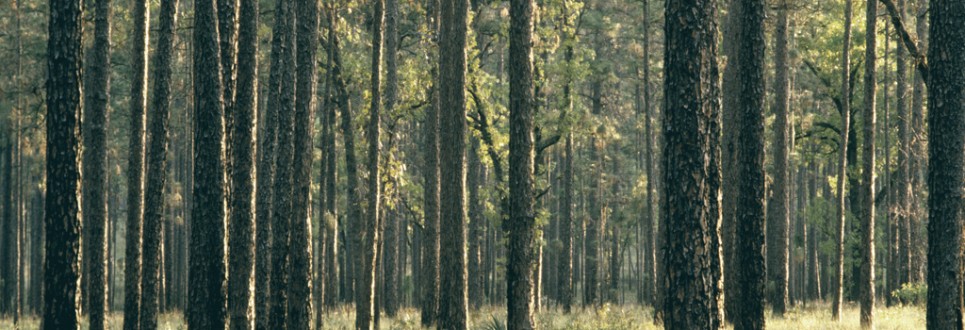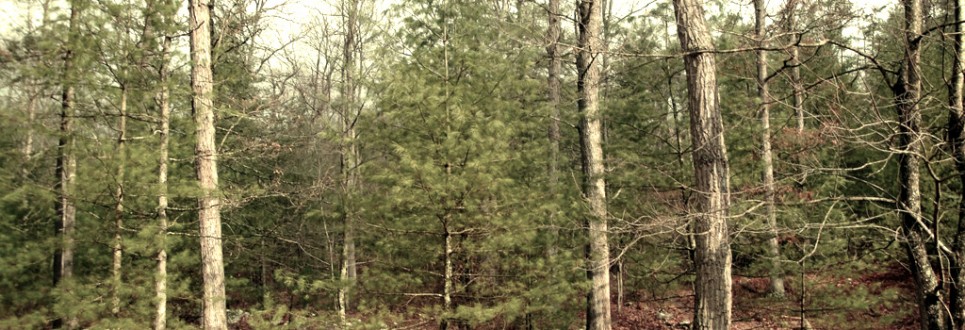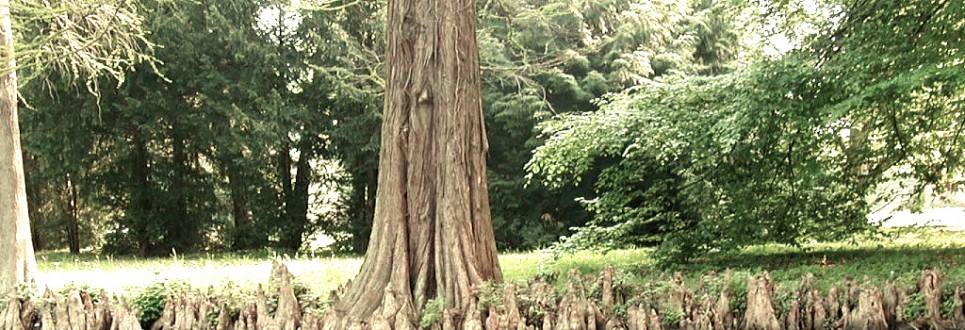 Cypress or Bald Cypress (Toxodium distichum) originated in the dense swamps of the South, slow growing – among the slowest aging trees on earth – for up to seven hundred years. The tree is a haven for a range of species; migrating Canadian geese feed on the seeds, along with swamp rabbits and other birds. White-tailed deer make the Cypress forests a refuge during hunting season, where many other animals find shelter.
Cypress or Bald Cypress (Toxodium distichum) originated in the dense swamps of the South, slow growing – among the slowest aging trees on earth – for up to seven hundred years. The tree is a haven for a range of species; migrating Canadian geese feed on the seeds, along with swamp rabbits and other birds. White-tailed deer make the Cypress forests a refuge during hunting season, where many other animals find shelter.
Cypress is versatile, rough-sawn or smooth; it takes nearly every surface treatment around. With it’s rot resistance and rich color, from off-white to deep red, it’s a warm and elegant wood for interior paneling as well as exterior decking.
